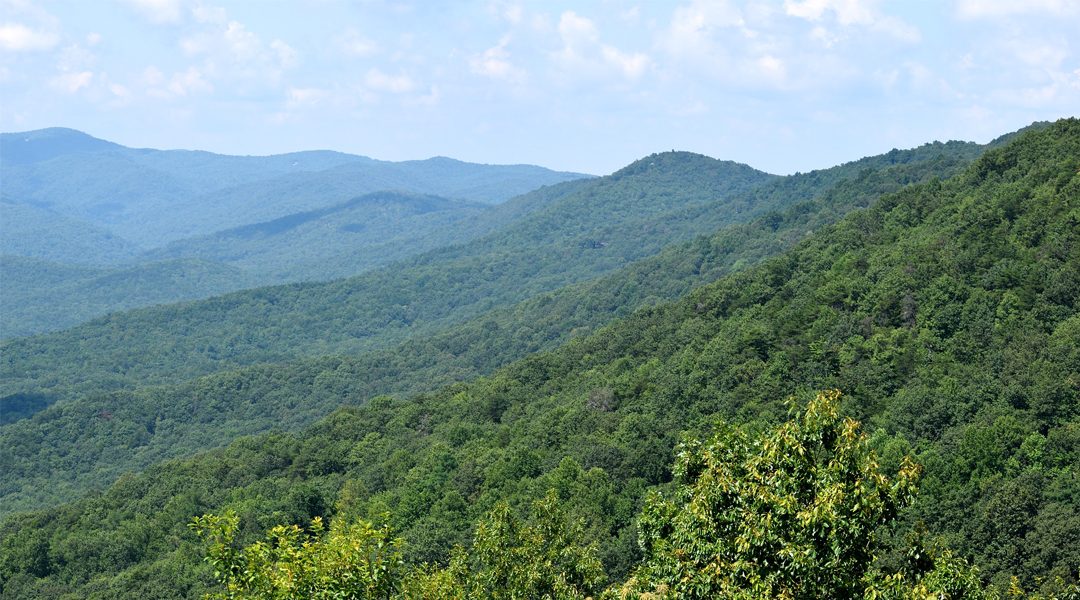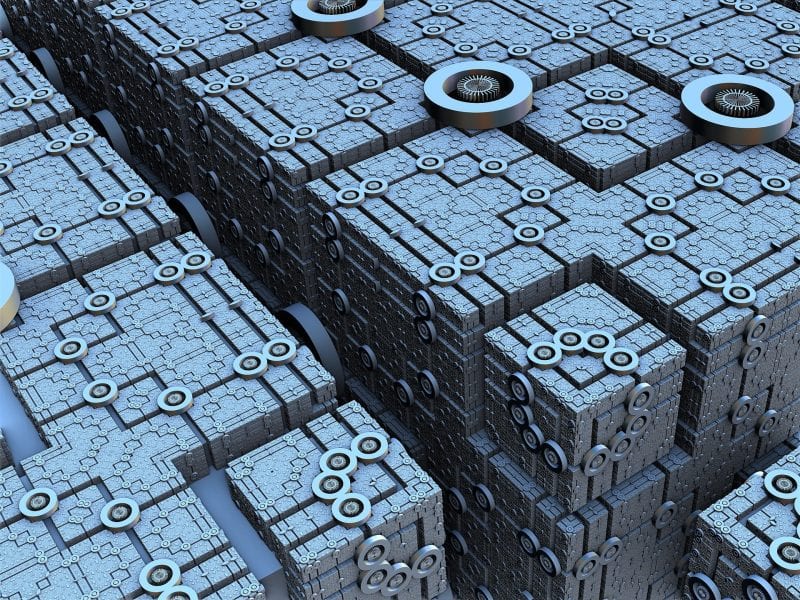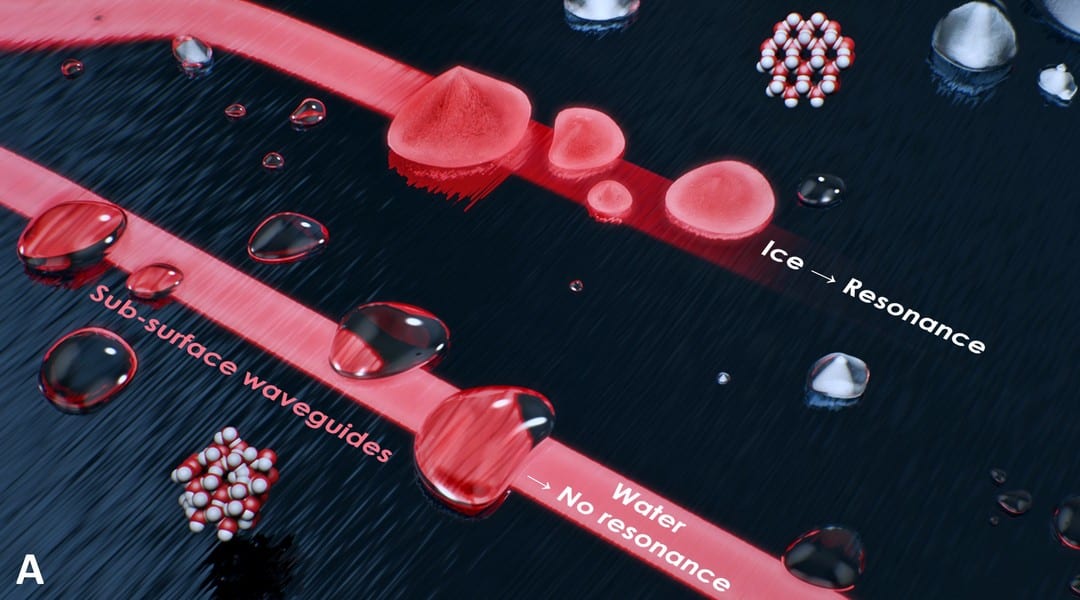Is electronic communication taking up too much of our time?


Is electronic communication taking up too much of our time?

The Stipa awn uses a humidity-driven mechanism to disperse and self-bury its seed.
Electrification planning in rural areas and in developing countries most often relies on the outputs of specialized analytical tools that support geographically-referenced analyses

Smart windows switch between transparent and opaque states based on environmental cues. Researchers reveal a prototype that exploits plasmons, converting incident sunlight into local thermal energy to trigger the switch.

Ecological shifts and regime changes driven by slow ecological processes can only be revealed by long-term monitoring and analysis.
Resolving these scale-dependent processes is important for predicting, preventing, or mitigating environmental changes that may influence patterns of surface water chemistry within river systems.

The Banksia delays the release of its mature seed bank until conditions are right for new plants. Now we know what triggers it to let go.
A call to develop interaction-aware risk models is presented, and the need for adjustments of the flood risk assessment procedures in the implementation of the European Flood Directive is highlighted.

This month’s Advanced Engineering Materials cover and top papers.

A new type of surface optical sensor for water capable of being embedded in aircraft wings with no influence on the aerodynamic design and capable of record high-performance.